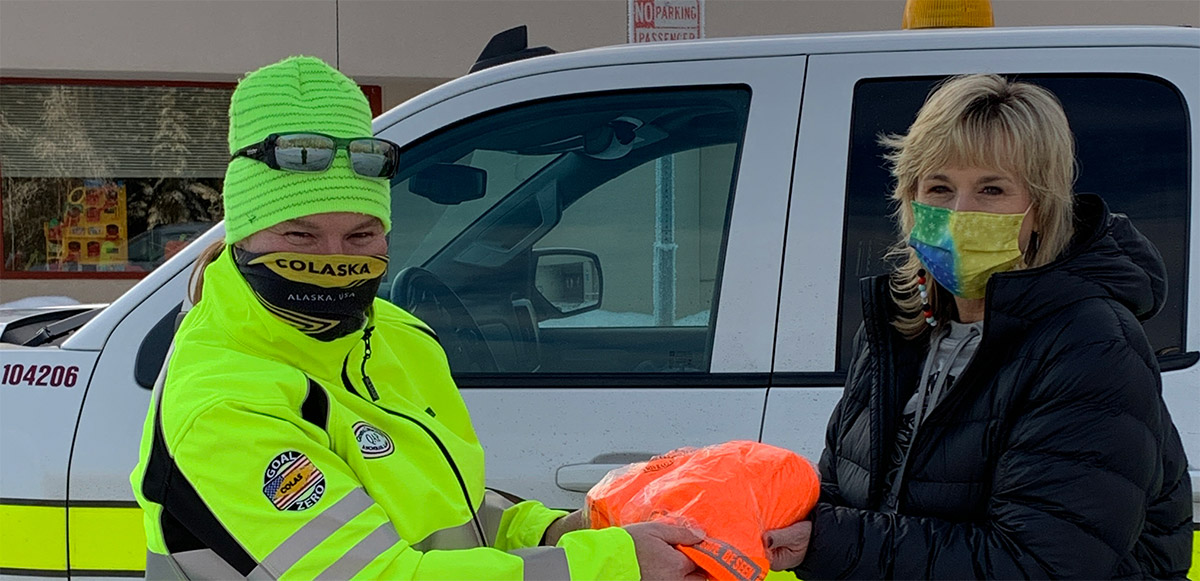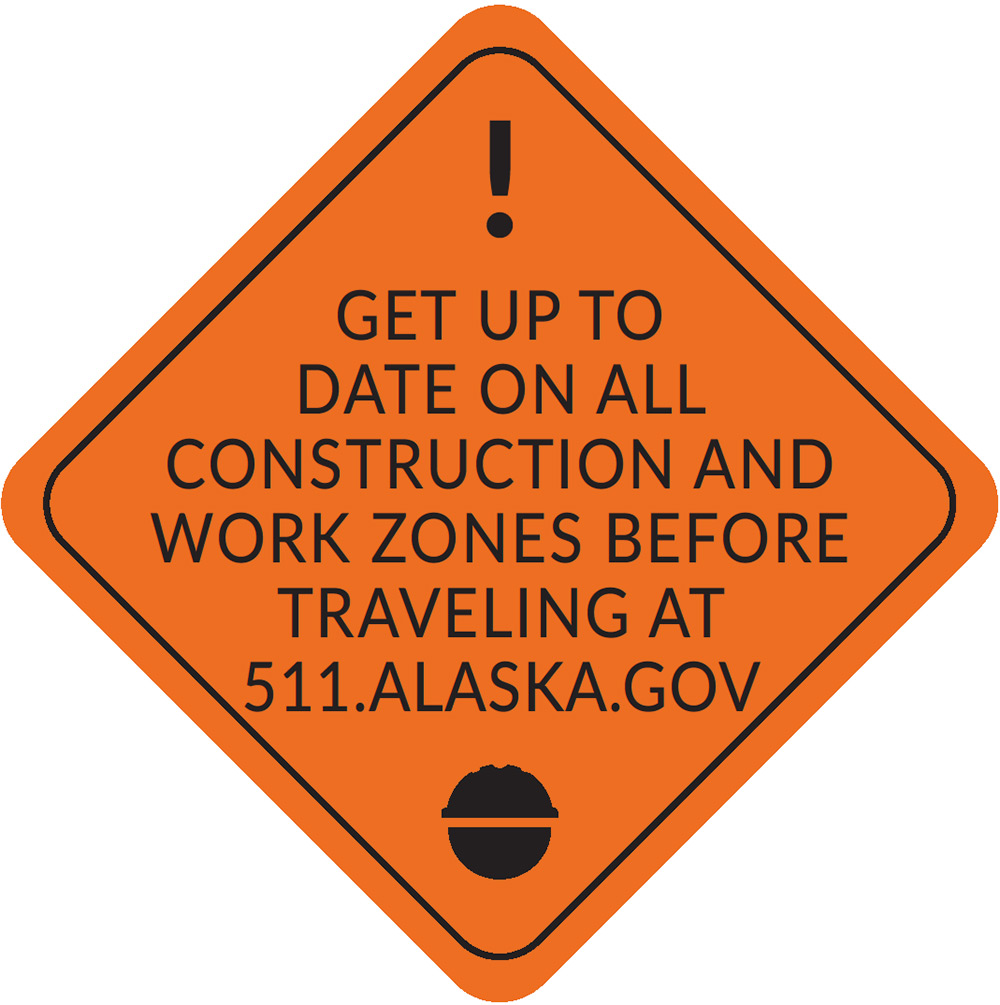
Photo courtesy of Sarah Dow
Photo courtesy of Sarah Dow
arah Dow has been working in the construction field in the State of Alaska for twenty-four years and now holds the title of Health, Safety & Environmental superintendent for one of the state’s largest road construction contractors, QAP/Colaska. In March, the Associated General Contractors of Alaska highlighted Dow at an event celebrating Women in Construction week. Dow was recognized for her outstanding ability to bridge the gap between safer work environments and production goals. In this interview, she shares some of the knowledge she gained while serving as superintendent and offers tips for staying safe in construction work zones this summer.
Q: How long have you been working construction in Alaska?
A: I’ve actually been working in construction since 1997, it was June of that year.
Q: Have you always worked specifically in safety in construction?
A: No, I started out as a general laborer for three years and a grade checker for seven years. I then went back to school to get my degree in ‘06 and became a project engineer. I ended up graduating with my construction management degree in 2011.
Q: Would you describe your job as dangerous?
A: Working near live traffic, yes, always.
Q: Are there any struggles that you face when working construction safety?
A: Just the traveling public. It’s important to always follow our safety signs to try to keep our workers safe while we are adjacent to the active roadway.
Q: Do you have any tips for future workers aspiring to get into traffic safety?
A: Yes, if you even think it might be fun, look into it, it’s a great field. Construction traffic—any part of the construction field—has many opportunities for growth and advancement, with or without a college degree.
Q: Please share a ‘lesson-learned’ moment you experienced while working traffic safety in Alaska.
A: Important lesson learned: Teach people why compliance to safety benefits them and their health vs. trying to force people into submission/compliance!
Q: How has the construction industry changed since 1997?
A: We do a lot of electronic reporting. There’s a lot more computer usage—iPads, cellphones—communication can be instantaneous, whereas before if you didn’t have your company radio in your truck on, you might miss a message and would have to drive up to the foreman or he would have to come find you to line you out for your work.

Photo courtesy of Sarah Dow
A: My biggest achievement is getting all our paper meetings and credentials digitized and fully accessible on iPads.
A: Slow down, pay attention, stay off your cell phone in an active construction zone.
Q: What is the number one law that drivers don’t follow when passing a work zone?
A: The speed limit and getting over when seeing safety work. If there’s an opportunity to get out of a lane closest to the work happening, get over—same as if we were a tow truck or a police officer.
A: We have the DOT navigator website (511.alaska.gov), they have current active construction projects for road and lane closures to help get the word out, so you can do a better job with planning the routes. It would be great if more people looked at the DOT site and planned accordingly.
